Irving Woodlands celebrates World Tourism Day 2021
Our forests, continually giving: Irving Woodlands celebrates National Forest Week
Highlighting Incredible Shorebird Migration at the Irving Nature Park
8 Reasons to Celebrate World Habitat Day
Irving Nature Park & La Dune de Bouctouche - Celebrating 20,000 students through Project Webfoot with Ducks Unlimited Canada
Nature Conservancy of Canada receives $1 million gift from J. D. Irving, Limited
Lessons from the Forest
Celebrating the Wildlife Calling Our Forests Home
Eleven Reasons to Celebrate World Wetlands Day!
Outcome Based Forestry Overview
Outcome Based Forestry in Maine
Songbird Study Update
Rare Plant Found Near Petitcodiac
Fishing for Answers on the Miramichi
Location of First RCAF Second World War Casualties Commemorated Near Beaverbrook Lake NB
University of New Brunswick launches Atlantic salmon research chair as part of $1.3 million in funding from Collaboration for Atlantic Salmon Tomorrow
J.D. IRVING WINS SFI INC. AWARD FOR CONSERVATION LEADERSHIP ON 68 FOREST RESEARCH PROJECTS
Listening to Forest Song Birds
Collaboration for Atlantic Salmon Tomorrow (CAST) Funding
CAST - ARIS
Tree Breeding at J. D. Irving, Limited Parkindale Seed Orchard
Enviro-Training at J.D. Irving, Limited with Kelly Honeyman
J.D. Irving, Limited Honoured for Outstanding University-Industry Partnership and Ground-Breaking Discovery
Dr. David Miller and JDI Honoured for Outstanding University-Industry Partnership and Ground-Breaking Discovery
Sharing Data on Species and Ecological Conservation at J.D. Irving, Limited
Linking Landscape Variables to Cold Water Refugia in Rivers
A Comprehensive Greenhouse Gas Balance for a Forest Company Operating in Northeast North America
Spruce budworm and management effects on forest and wood product carbon for an intensively managed forest
CAST Scientists Internationally Published for Largest Genetic Study in North America on Wild Salmon
Irving Nature Park's Saints Rest Marsh recognized as a Treasured Wetland
Learn about New Brunswick wetland species this World Wetlands Day
A Successful Season: Irving Nature Park and La Dune de Bouctouche close for the year
Winter Wildlife: New Brunswick's provincial bird
Discover the gift of nature this long weekend
Enjoy the woods in winter
Fall Brook Falls opens for May long weekend
Celebrating National Forest Week in Maine
Irving Woodlands recognizes National Wildlife Week
Forest Dynamics, Succession and Habitat Relationships Under Differing Levels of Silviculture
Biodiversity Conservation in Planted Forests
NB Birds Migrating up to 13,000 km!
Recognizing World Migratory Bird Day
Biodiversity in the working forest: National Forest Week 2023
Bird species abundance in the working forest
Maine bird populations increasing on commercial woodlands: Study
Recognizing World Wetlands Day
Legacy of the Sustainable Forest Management Network
.jpg)
.jpg)
(1).png?n=7605)






.png)


.png)
.jpg)
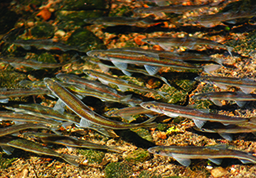
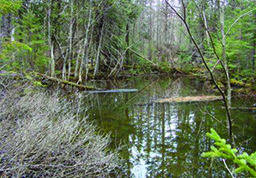
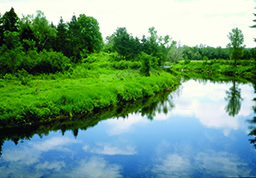
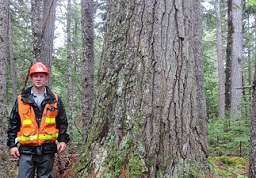
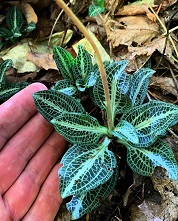

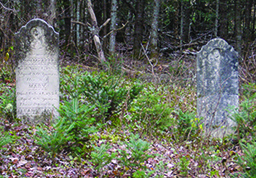
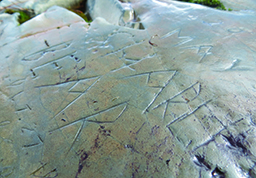
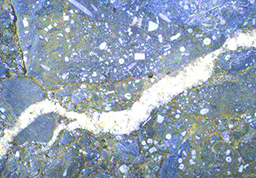
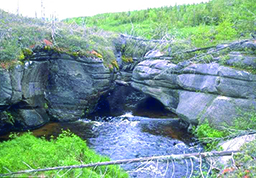
.jpg)
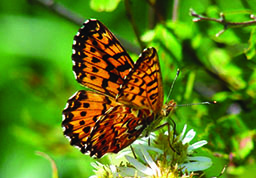

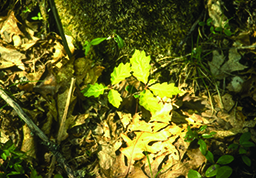

.jpg)







.jpg)







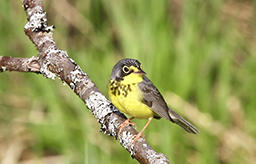








_small.jpg)
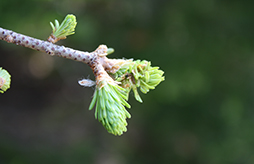

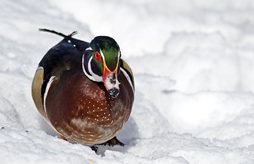




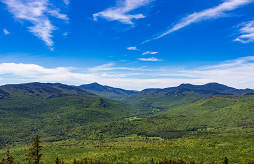
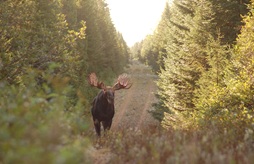
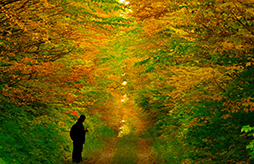
.jpg?n=6166)
.jpg)


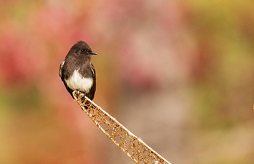
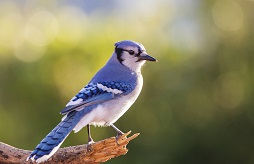

.jpg)